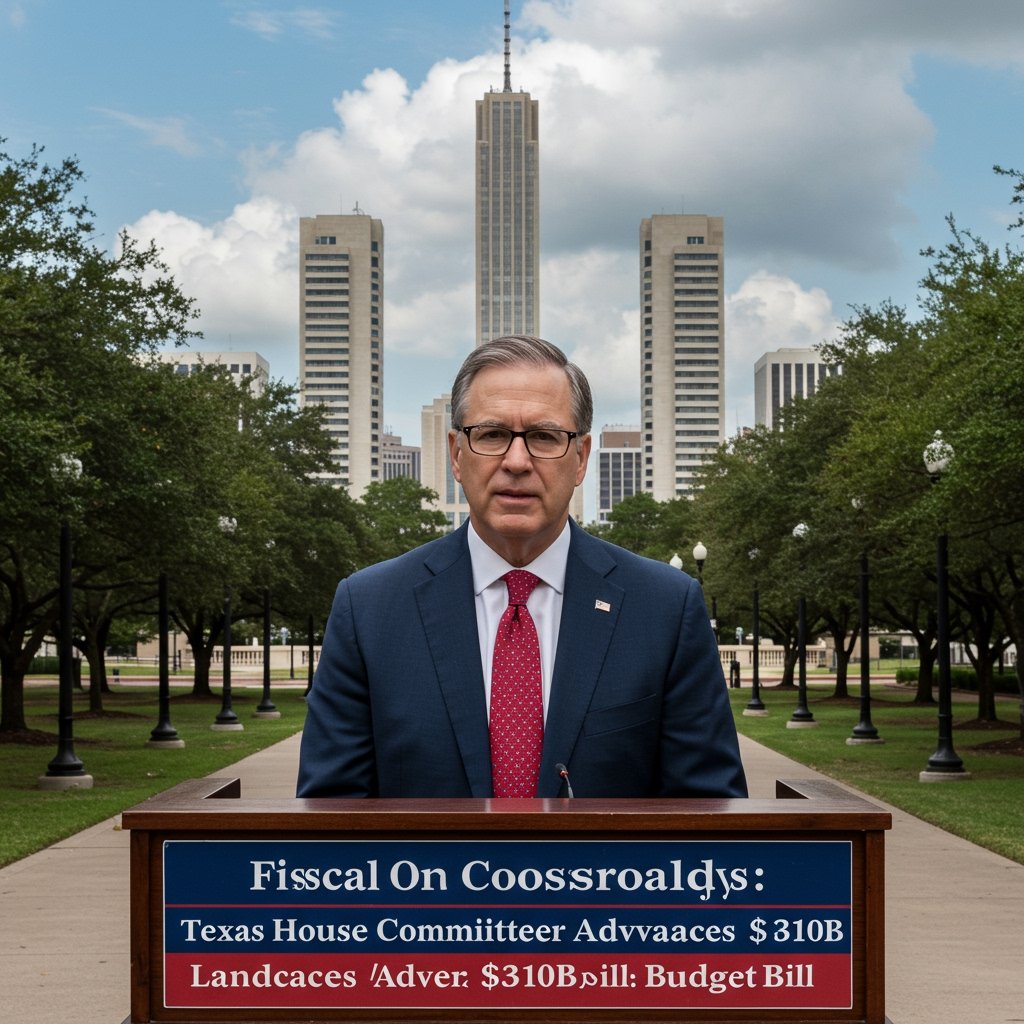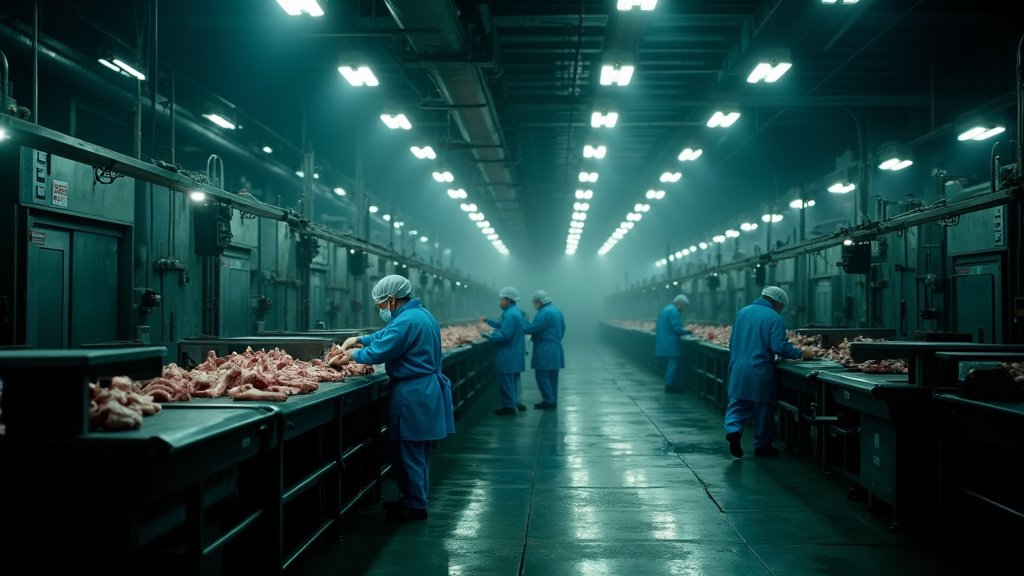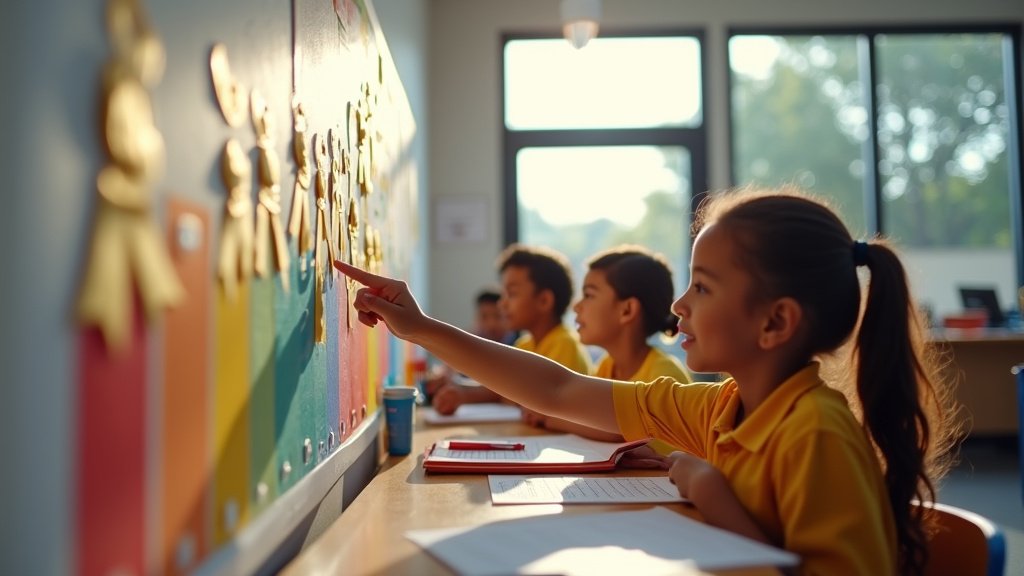House Committee Approves Biennial Spending Plan
AUSTIN, Texas – The Texas House Committee on Appropriations took a significant step today in shaping the state’s financial future, voting 15-8 to advance House Bill 10, the proposed general appropriations act outlining state spending for the upcoming two-year cycle. The bill represents a substantial investment in state services and infrastructure, totaling approximately $310 billion over the biennium.
The vote follows several weeks of intensive deliberation, public testimony, and negotiations within the committee. Members grappled with competing priorities, revenue projections, and the diverse needs of a rapidly growing state population. The final version of HB 10 approved by the committee incorporates several key amendments reflecting priorities identified during this process.
Key Investments and Fiscal Stance
Central to the amended bill are significant funding increases directed towards critical state functions. Public education is slated to receive a boost of $5 billion, intended to address rising operational costs, teacher compensation, and potentially provide property tax relief mechanisms, although specific distribution details will continue to be refined as the bill progresses. This substantial investment underscores the legislature’s acknowledgment of the foundational role of schools in the state’s prosperity.
Infrastructure projects across Texas are also targeted for enhanced funding, with HB 10 allocating an additional $3 billion. This funding is earmarked for transportation networks, water projects, and potentially other vital infrastructure needs necessary to support economic activity and accommodate population growth. The allocation aims to alleviate bottlenecks and improve statewide connectivity.
Despite these significant spending increases in key areas, the committee bill maintains a conservative stance regarding state debt. Proponents of the bill highlight that it relies heavily on available state revenues and balances necessary investments with a cautious approach to long-term borrowing, aiming to ensure fiscal stability for future legislative sessions.
Points of Contention and Criticism
While the bill garnered majority support within the committee, its passage was not unanimous, reflecting ongoing debates about whether the proposed budget adequately addresses all of the state’s pressing challenges. Critics who voted against or expressed reservations argue that the $310 billion proposal, despite its size, falls short in certain critical areas.
One primary concern raised by opponents is the bill’s perceived failure to adequately enhance healthcare access across the state. This issue is particularly acute in rural areas, where hospitals face financial strains and residents often lack convenient access to medical services. Critics contend that the budget does not allocate sufficient resources to support rural healthcare providers, expand Medicaid, or invest in programs designed to bridge healthcare gaps.
Furthermore, while the $3 billion for infrastructure is acknowledged, critics argue that this funding level remains insufficient when measured against Texas’s projected population growth. With millions more residents expected in the coming years, the demands on roads, water systems, and other public works will escalate dramatically. Opponents suggest that a more aggressive investment strategy is needed to prevent future infrastructure crises and maintain the state’s competitive edge.
Path Forward to the Full House
With the House Committee on Appropriations having completed its work, HB 10 now moves to the full Texas House of Representatives floor for further consideration. This is a critical stage where the bill will undergo potentially extensive debate and face the possibility of numerous amendments from the entire 150-member body. Members may propose changes to funding levels for various agencies, shift priorities, or seek to incorporate specific local or regional projects.
The process on the House floor is expected to occur later this week, potentially involving late-night sessions as representatives debate and vote on the bill and proposed amendments. Successful passage in the full House would then send the bill to the Texas Senate, where it would undergo a similar committee review and floor debate process before differences between the two chambers are reconciled in a conference committee. The final, agreed-upon version must then be passed by both chambers before heading to the Governor’s desk for signature.
The committee’s 15-8 vote represents a significant hurdle cleared for this cornerstone piece of legislation, setting the stage for intense debate and potential modifications as it navigates the remaining steps of the legislative process.






